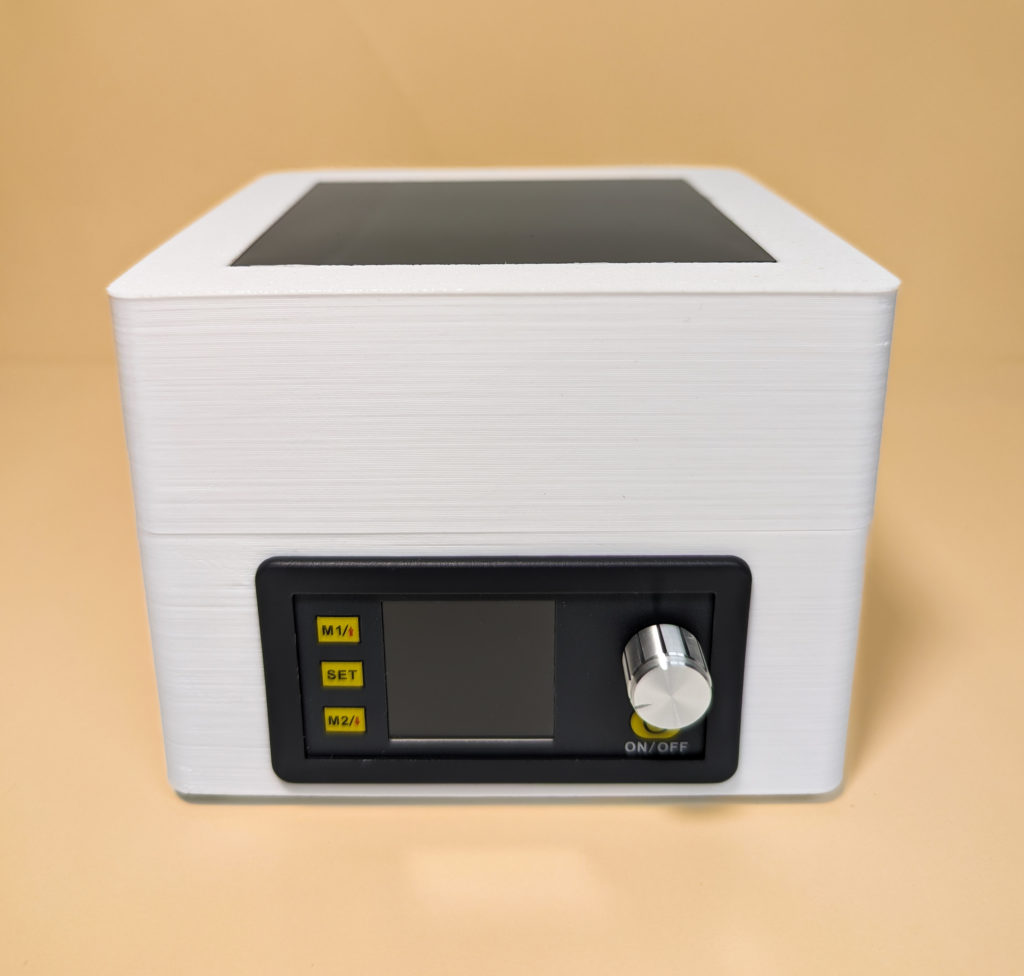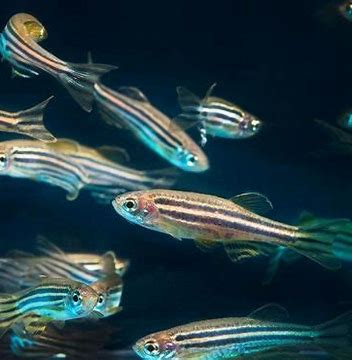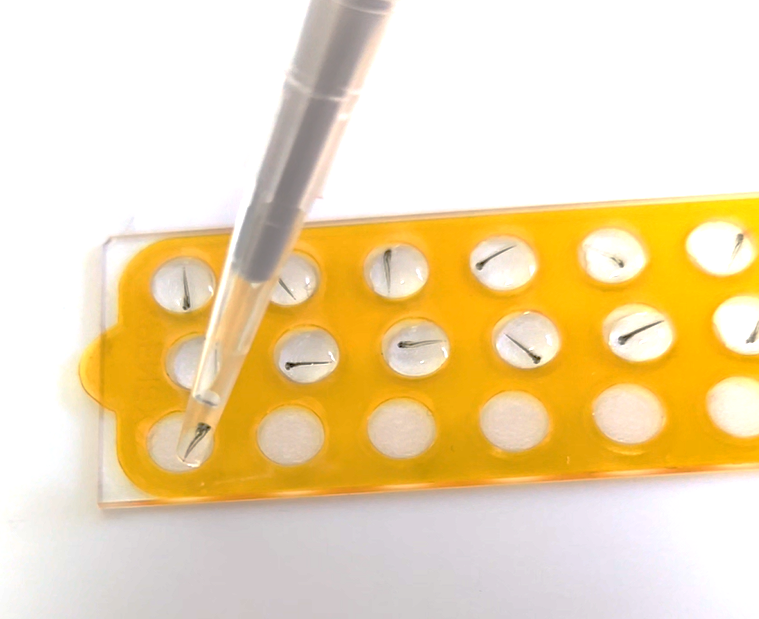The Zebrafish Embryo Genotyper (ZEG)
Know your fish!
A noninvasive genotyping method that simplifies research workflow and increases your throughput.
Eliminates the need to Fin Clip Zebrafish by Genotyping Embryos
Improve and Streamline your Zebrafish Genotyping Process!
How many Zebrafish do you fin clip per hour? What if you don’t have to wait for the zebrafish to become adults and genotype them as embryos? What if you do not have to harm your zebrafish while collecting your samples?
The ZEG device enables genotyping of zebrafish embryos with minimal invasion by rapid collection of PCR amplifiable genetic material. Don’t wait to select your zebrafish, know your fish today!

ZEG vs Fin Clipping
When it comes to deciding your approach to efficient genotyping consider time, cost and space. Learn more about the difference between the ZEG and Fin Clipping Protocols side by side.

Increase your genetic efficiency and throughput!
Combine the early non-invasive ZEG with next-generation sequencing technology like CRISPR to obtain an almost 17-fold increase in somatic editing efficiency.
Download the ZEG White Paper and learn how to accelerate your research discoveries!
Top Research Universities that use the ZEG

University of Utah
“In the olden days, I would have had to sacrifice each embryo to genotype them, which really limited the types of experiments I could do. Now instead I have genotyped offspring at 48 hpf ready for experimentation, or to grow up, saving me valuable space in our zebrafish facility!”

